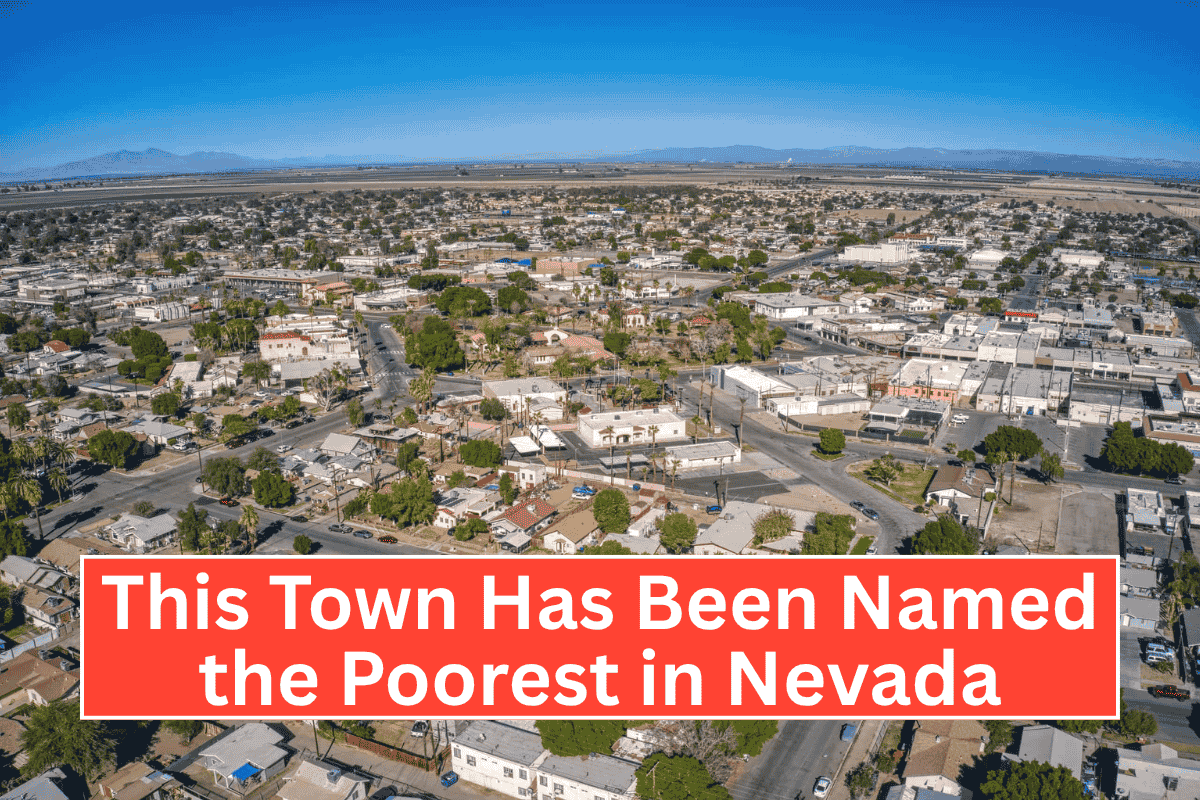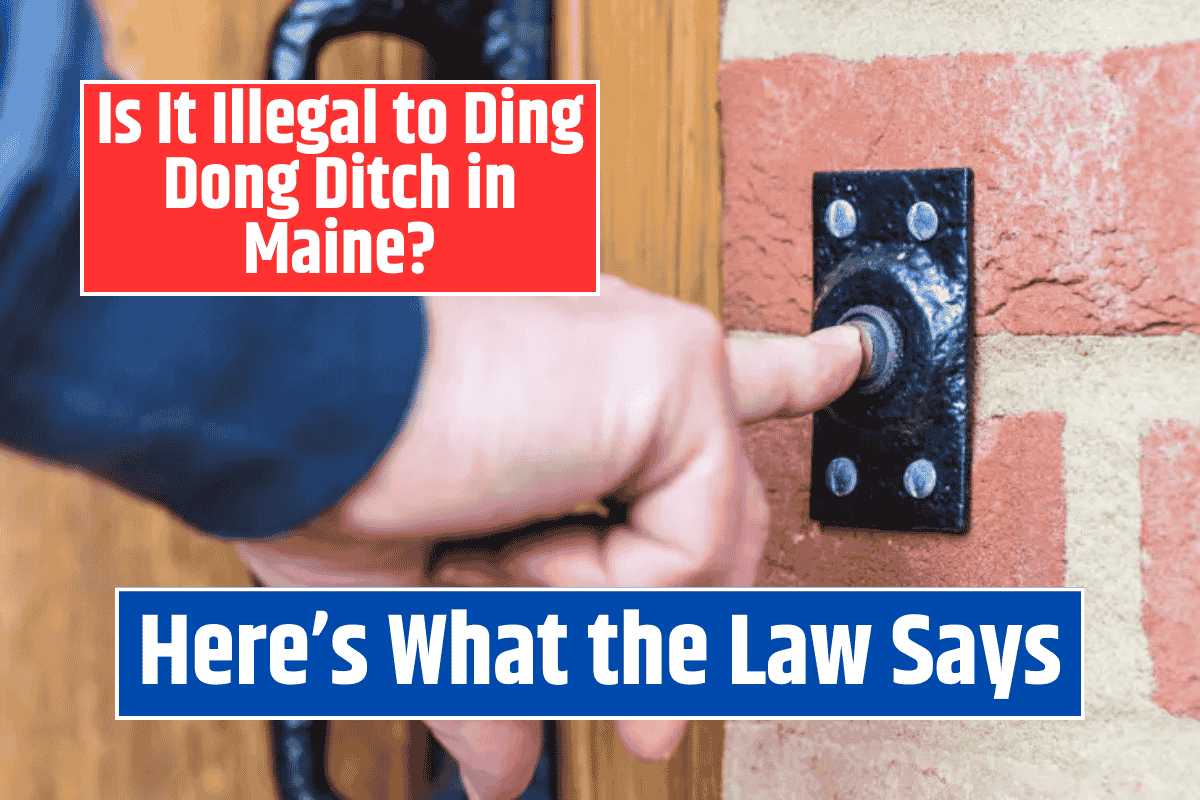Every state has its unique advantages, but unfortunately, some areas are burdened with social and economic challenges that make life harder for their residents.
In certain communities, poverty, crime, unemployment, poor health outcomes, and limited access to essential services can significantly affect the overall quality of life.
According to a report by 24/7 Wall St., various social and economic indicators such as income levels, crime rates, health outcomes, and access to services were analyzed to identify the least desirable places to live in each state.
The study took data from sources like the Census Bureau, FBI, and the Centers for Disease Control and Prevention (CDC) and considered places with populations of at least 8,000 people.
The assessment highlighted areas that face higher-than-average poverty rates and lower-than-average incomes, while also grappling with high drug-related mortality rates and a lack of demand in the housing market.
Pahrump: Nevada’s Poorest Town
When it comes to Nevada, the town of Pahrump has been named the poorest in the state. Here’s a closer look at some of the critical statistics that contribute to this title:
- Poverty Rate: 14.4% (compared to the state average of 12.9%)
- Median Home Value: $215,100 (the state average is $315,900)
- Median Household Income: $53,743 (state average is $65,686)
- Drug-Induced Mortality: 32.4 deaths per 100,000 (the state average is 27.4 per 100,000)
- Population: 42,471
These numbers paint a picture of a community that faces significant economic and social challenges. The poverty rate in Pahrump exceeds the state average, and the median household income is well below what is typical for Nevada.
Additionally, the town has a much higher rate of drug-induced deaths than the state average, which is one of the many factors contributing to its position on this list.
Why Pahrump Struggles
Pahrump’s challenges are part of a broader trend seen in many communities across the country. A combination of poverty, low median income, and a declining housing market is often associated with areas that face a reduced quality of life.
In Pahrump, the real estate market reflects this issue, as homes in the town tend to be much cheaper than the state average, making it less desirable for potential homebuyers.
Like many towns struggling with poverty, Pahrump has been impacted by the opioid crisis, with fatal overdose rates significantly higher than the state average. These health issues, combined with economic instability, have contributed to the town’s reputation as the poorest in Nevada.
The Bigger Picture
Pahrump’s situation is not unique to Nevada. In fact, many cities and towns across the U.S. are grappling with similar challenges.
Areas with high poverty rates, limited economic opportunities, and poor health outcomes often see a decline in population and property values, creating a cycle of economic stagnation.
While the numbers in Pahrump are concerning, they also highlight the need for increased investment in economic development, healthcare, and social services in struggling communities. Improving access to jobs, healthcare, and education can help break the cycle of poverty and improve the quality of life for residents.
Pahrump may hold the title of the poorest town in Nevada, but it is also a reminder of the broader challenges that many communities face across the country.
Poverty, crime, and health issues are deeply interconnected, and addressing them requires concerted efforts from both local governments and residents to create opportunities for growth and improvement.
While Pahrump faces significant challenges, it also has the potential for change if efforts are made to address these underlying issues.












